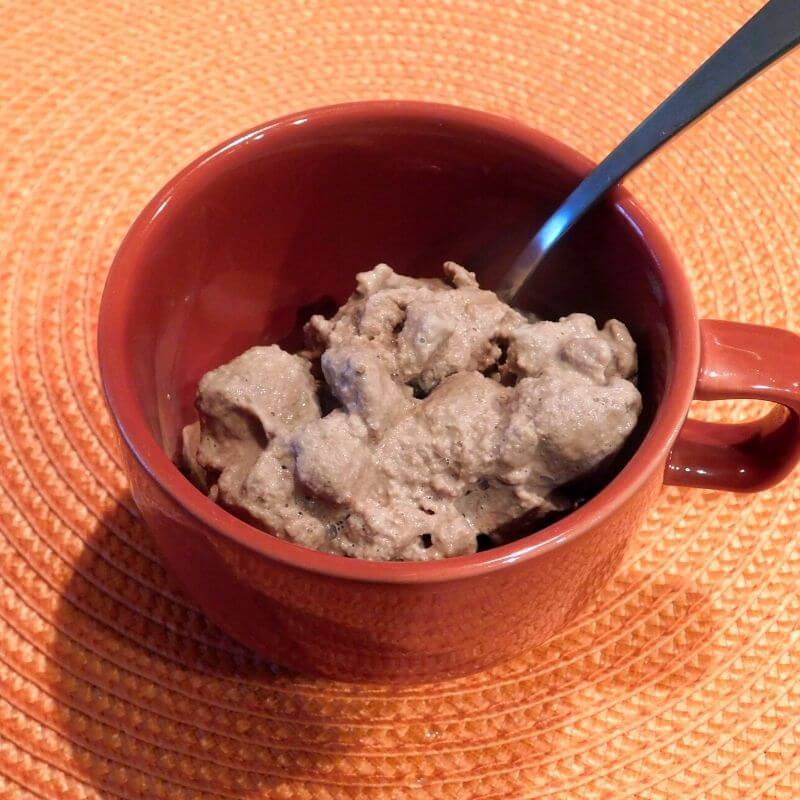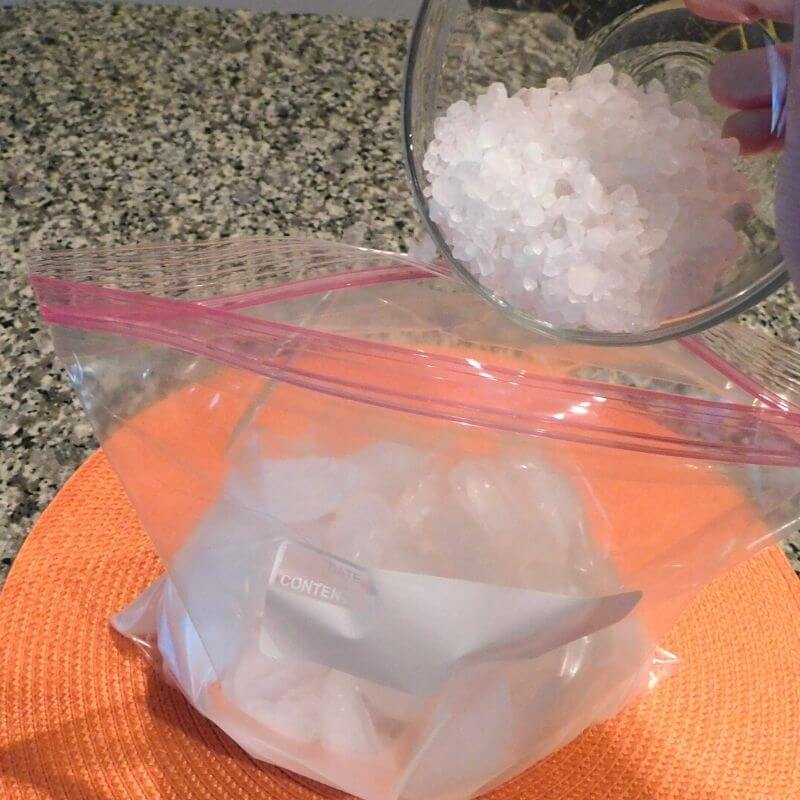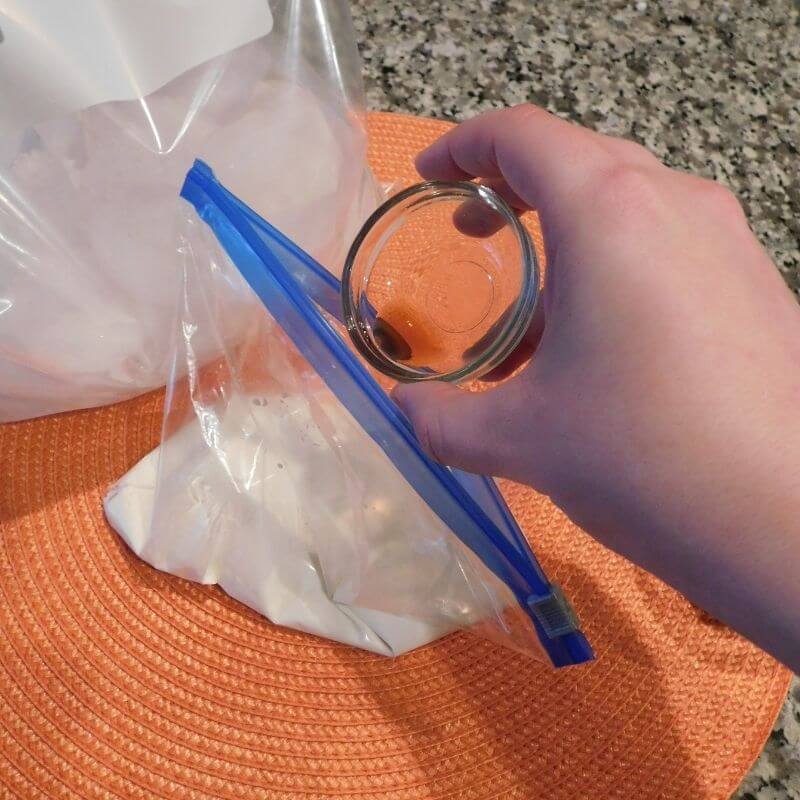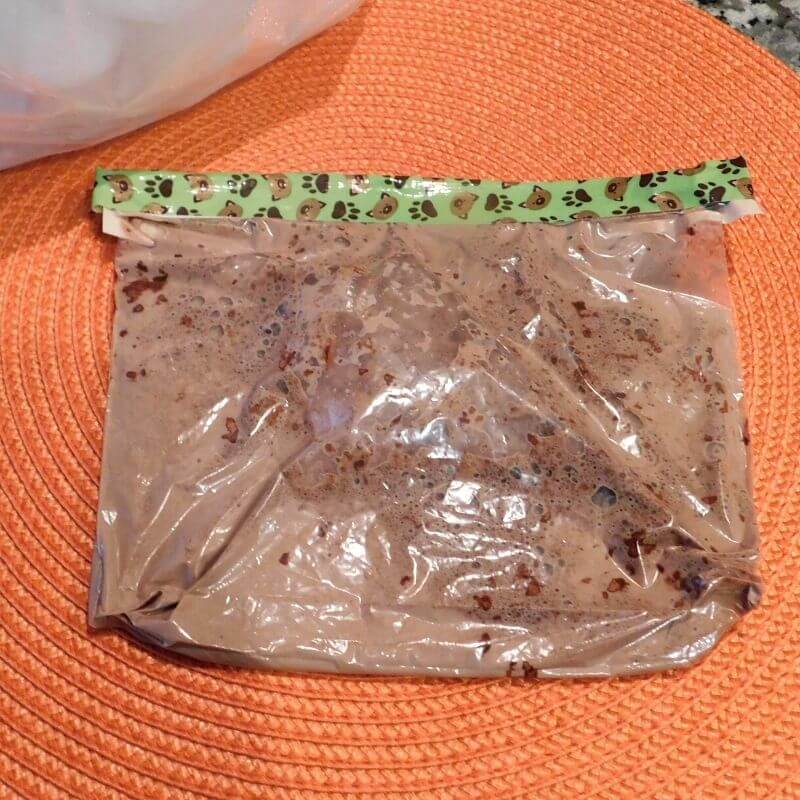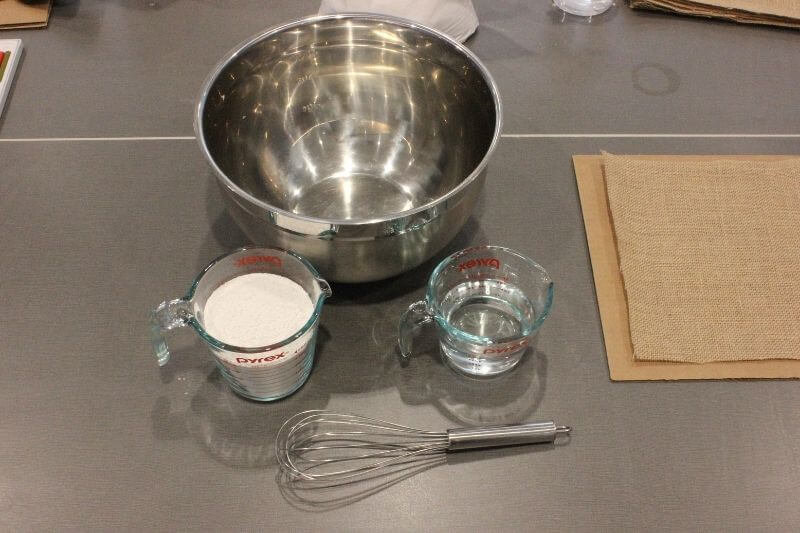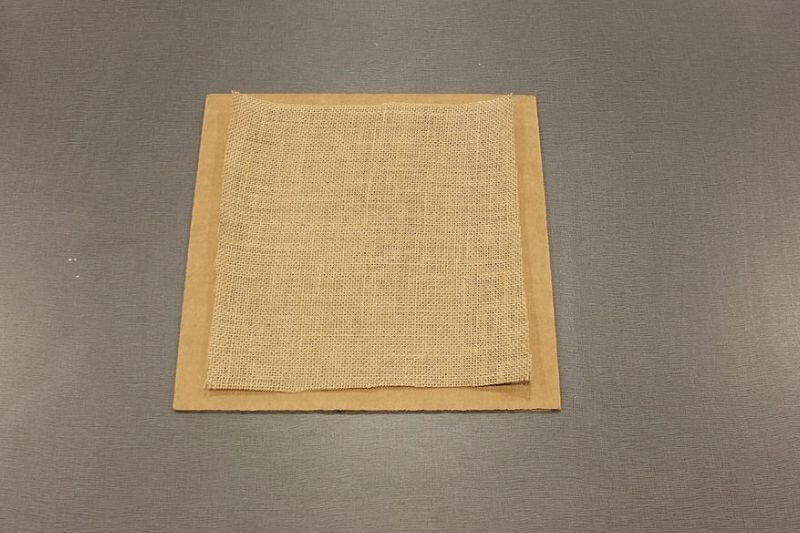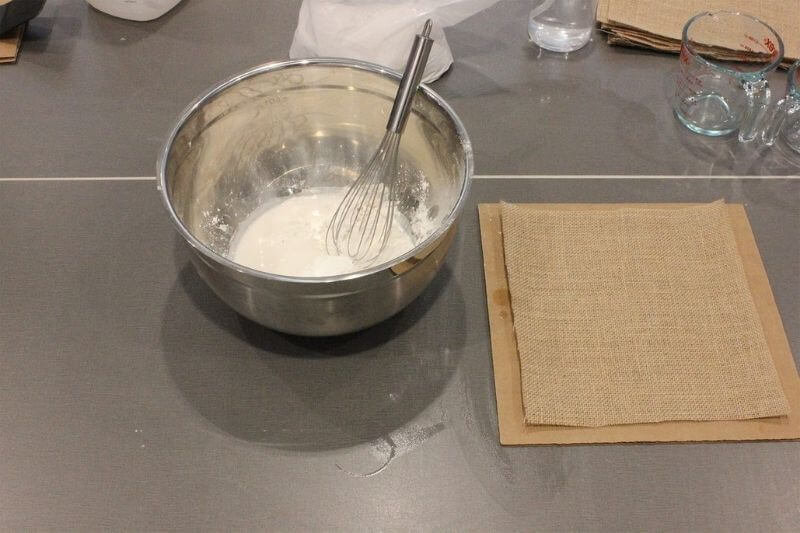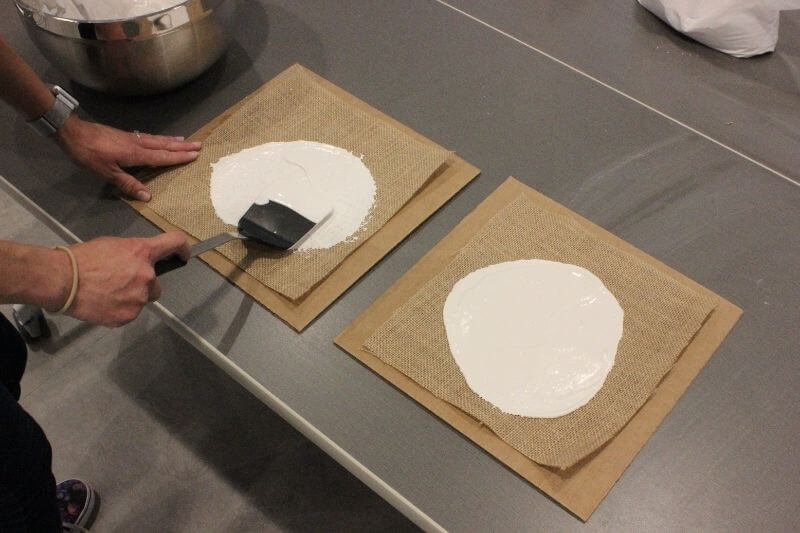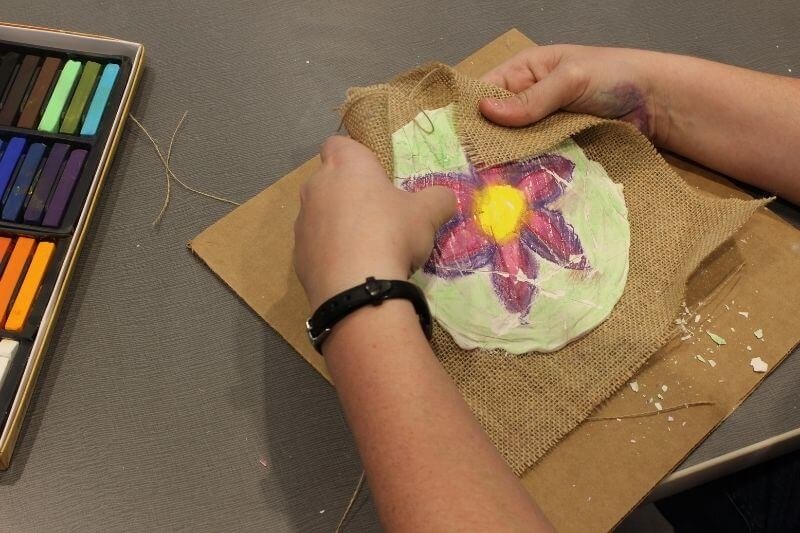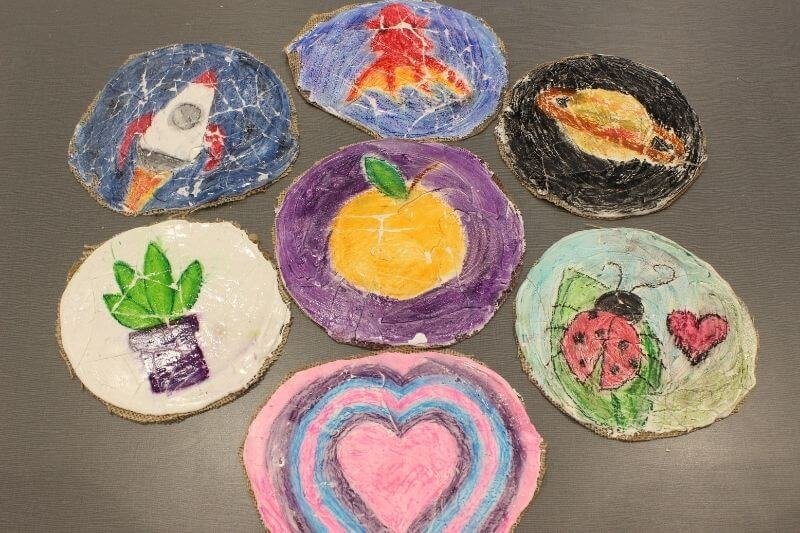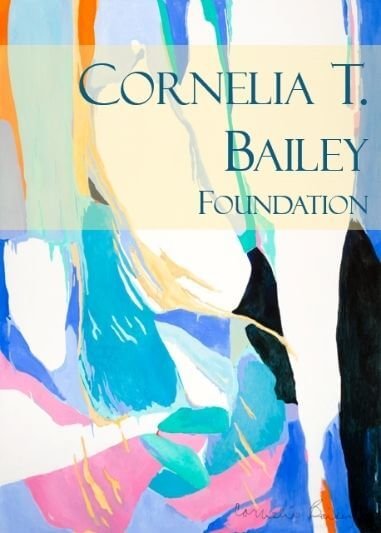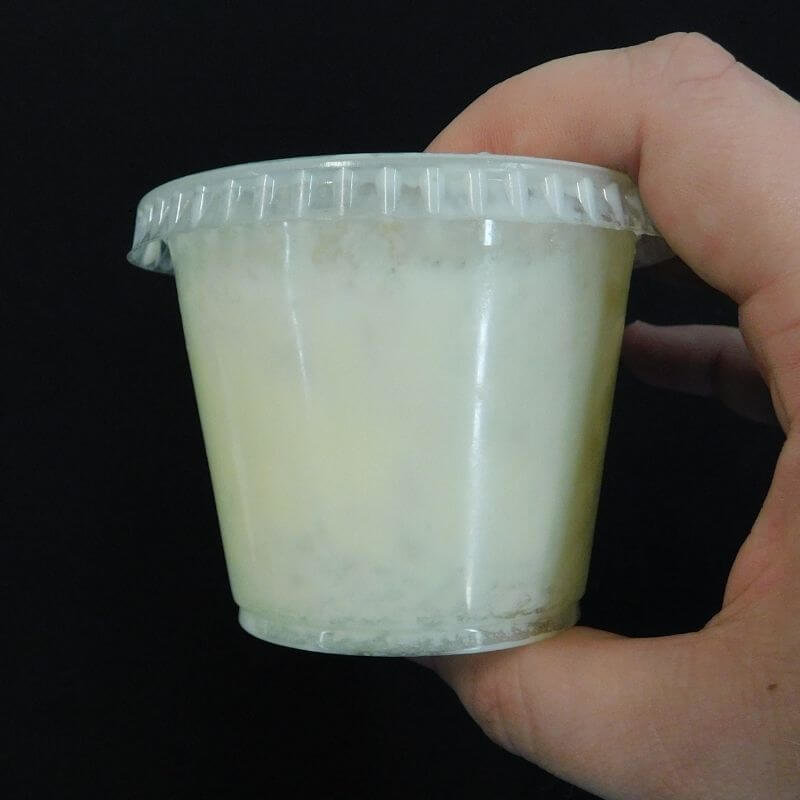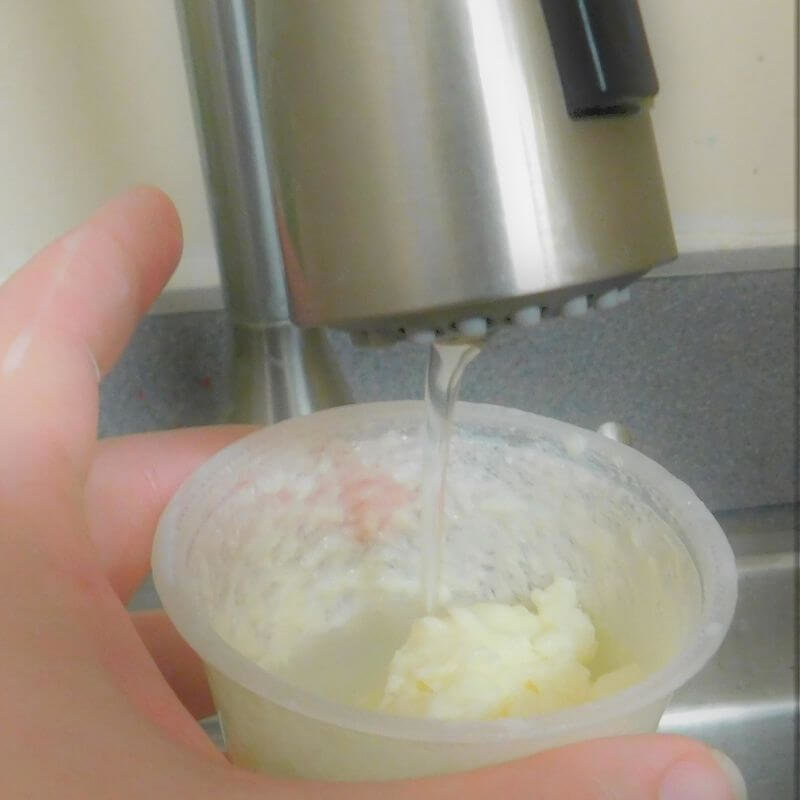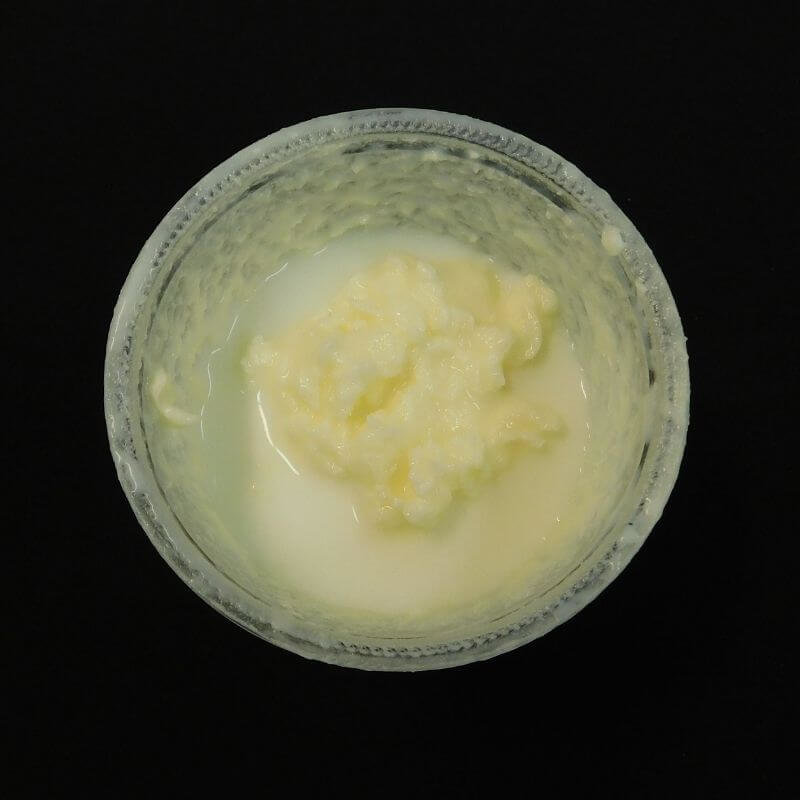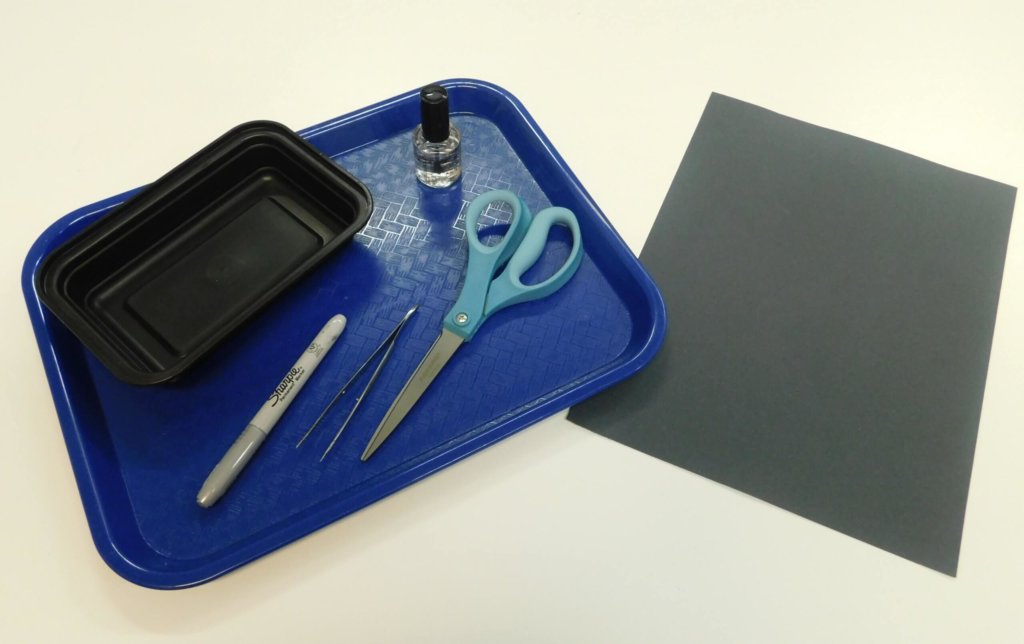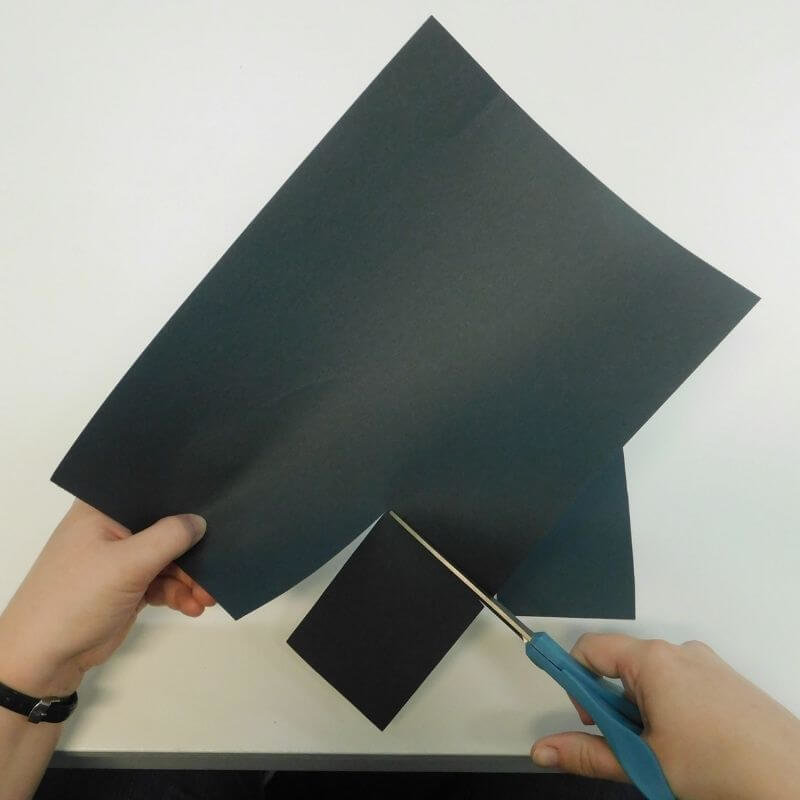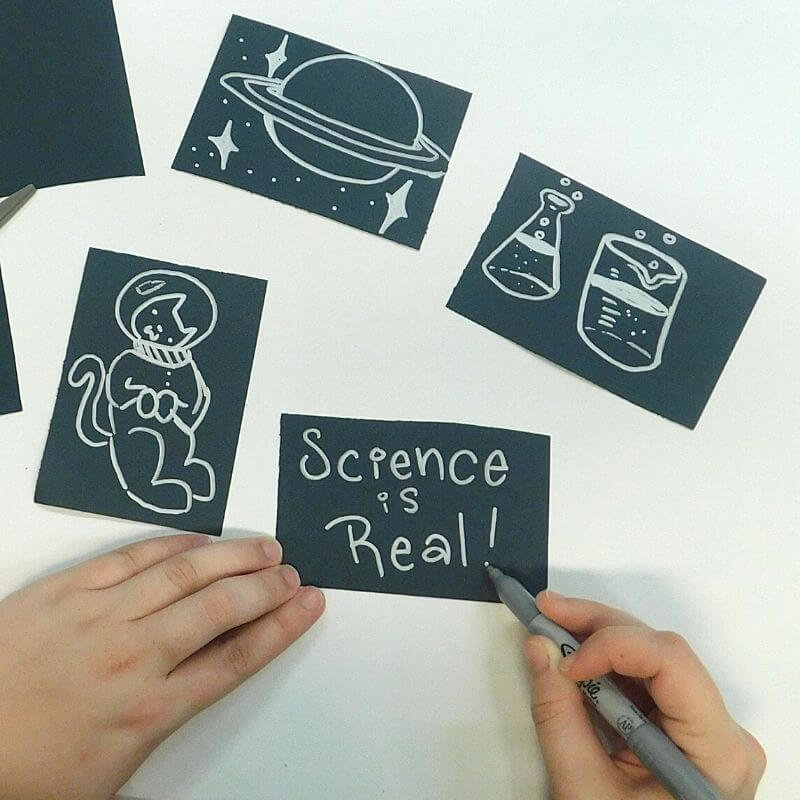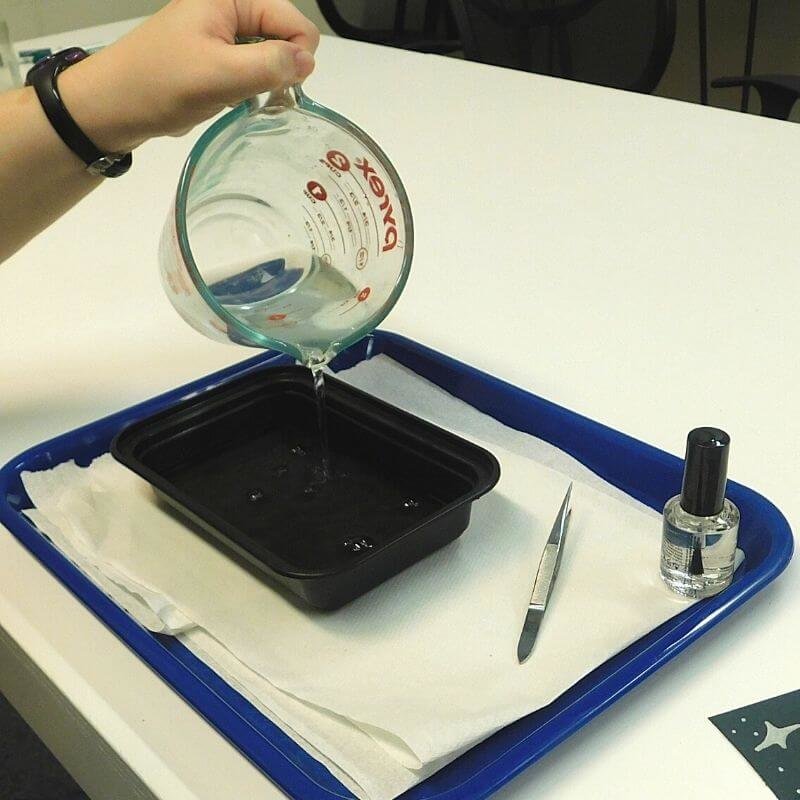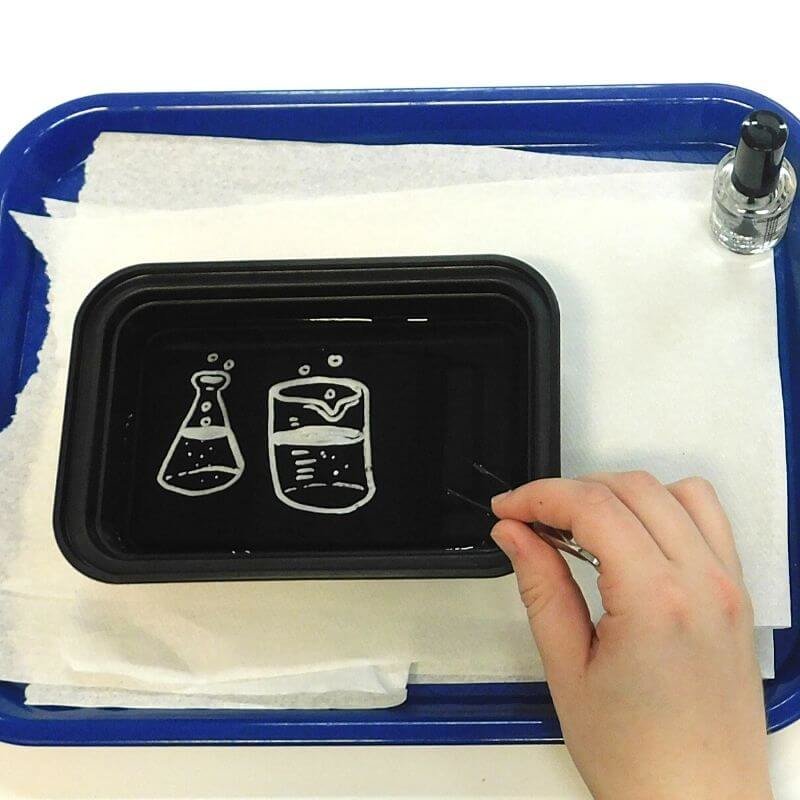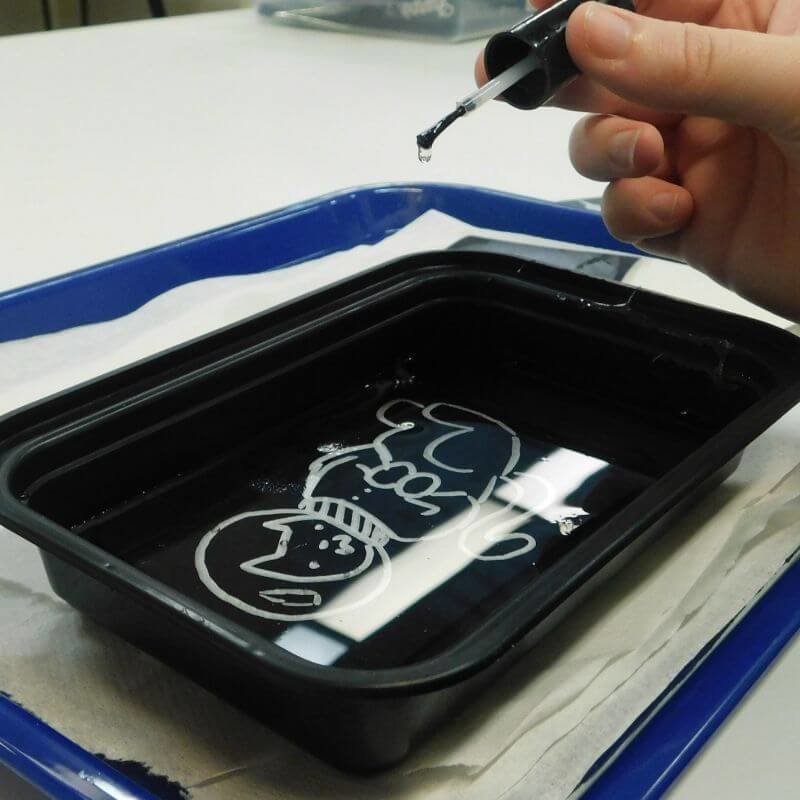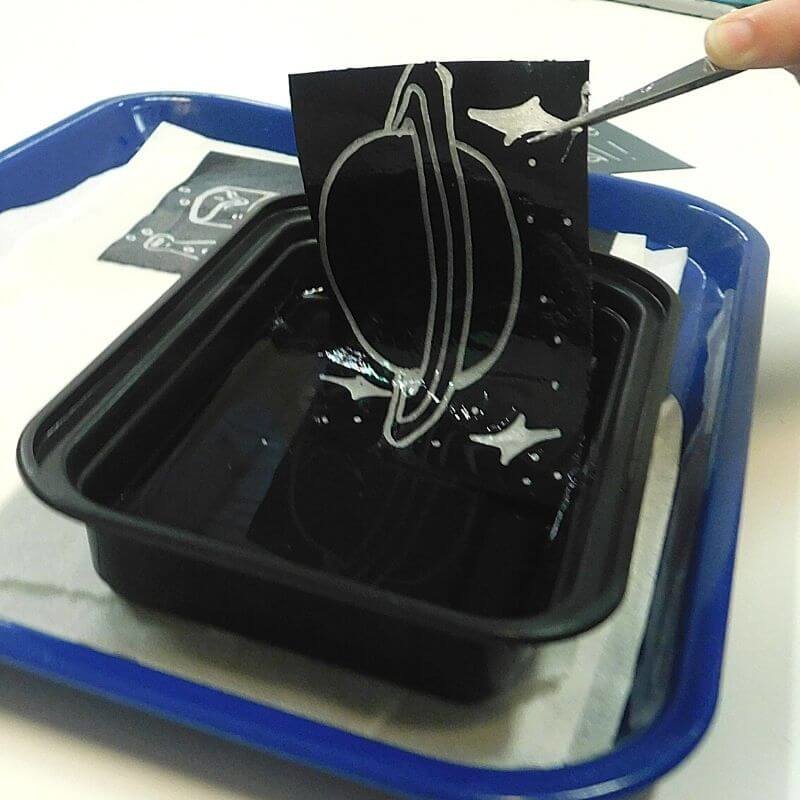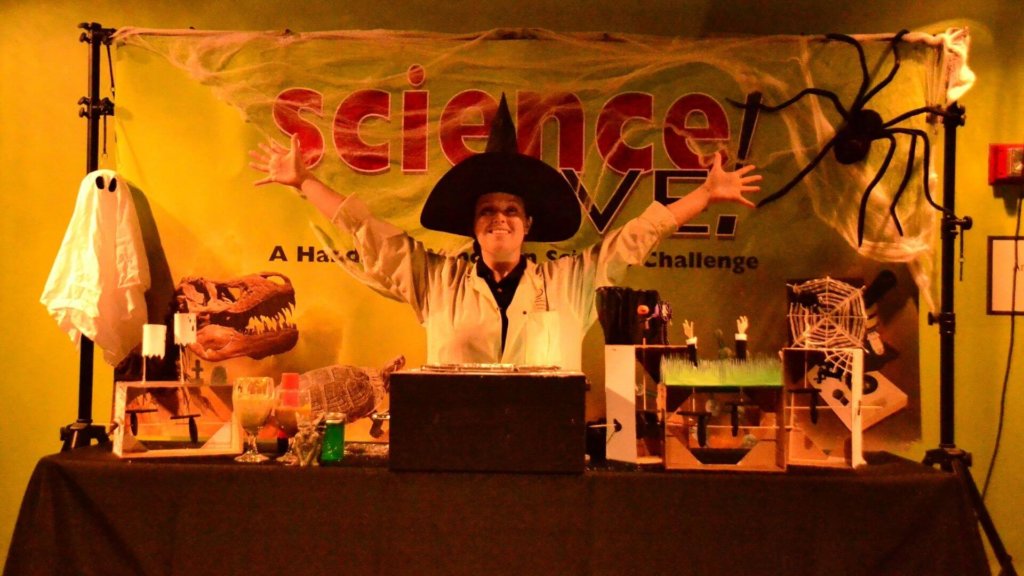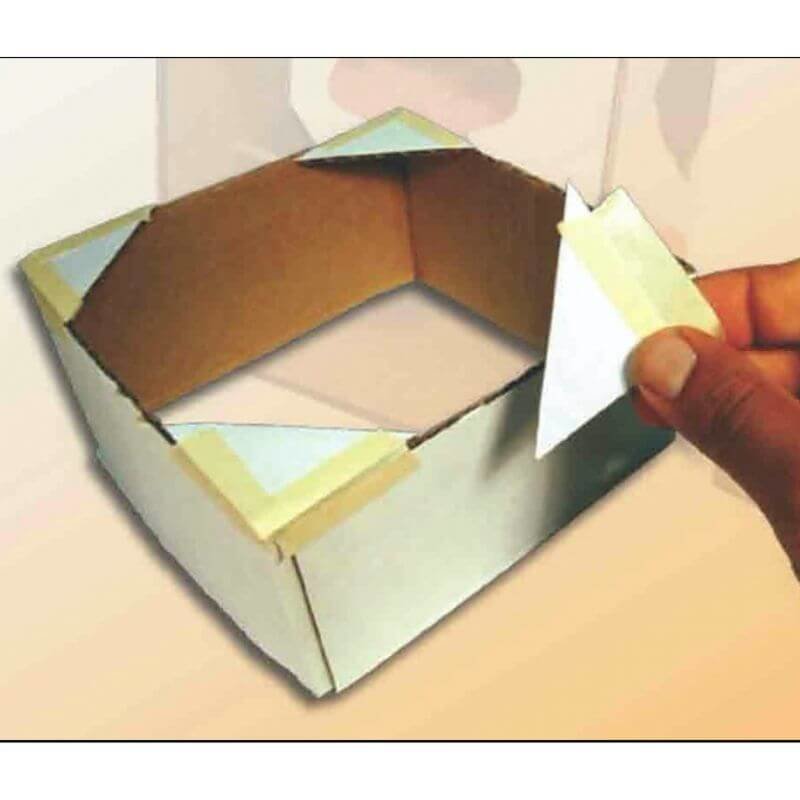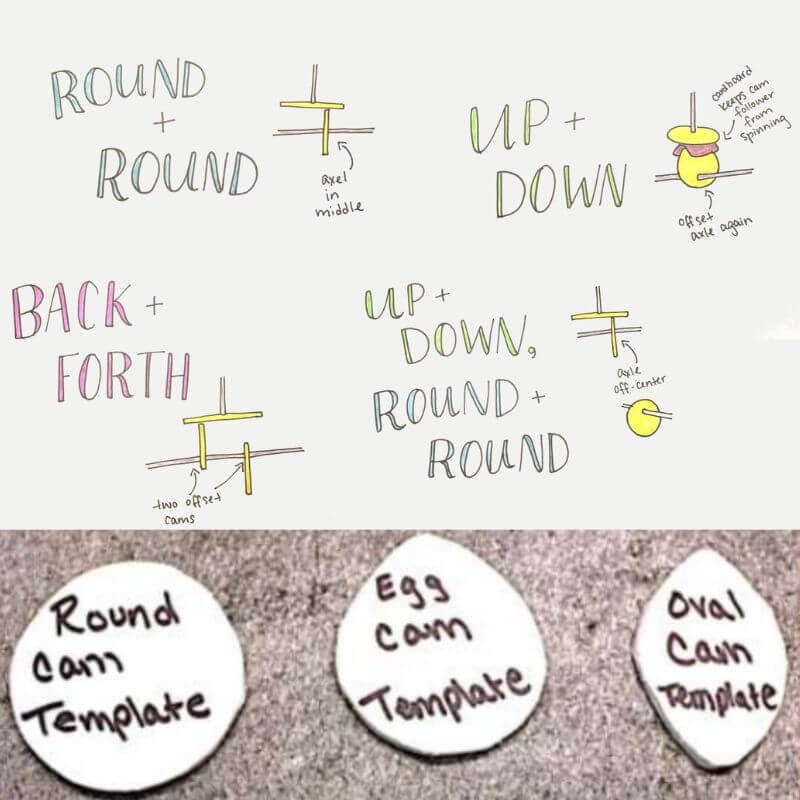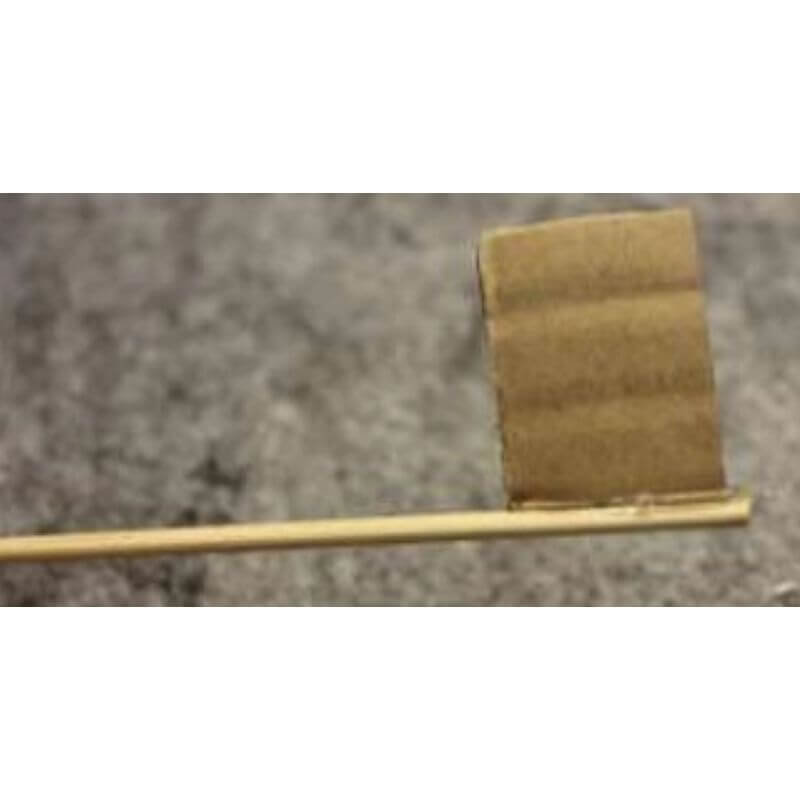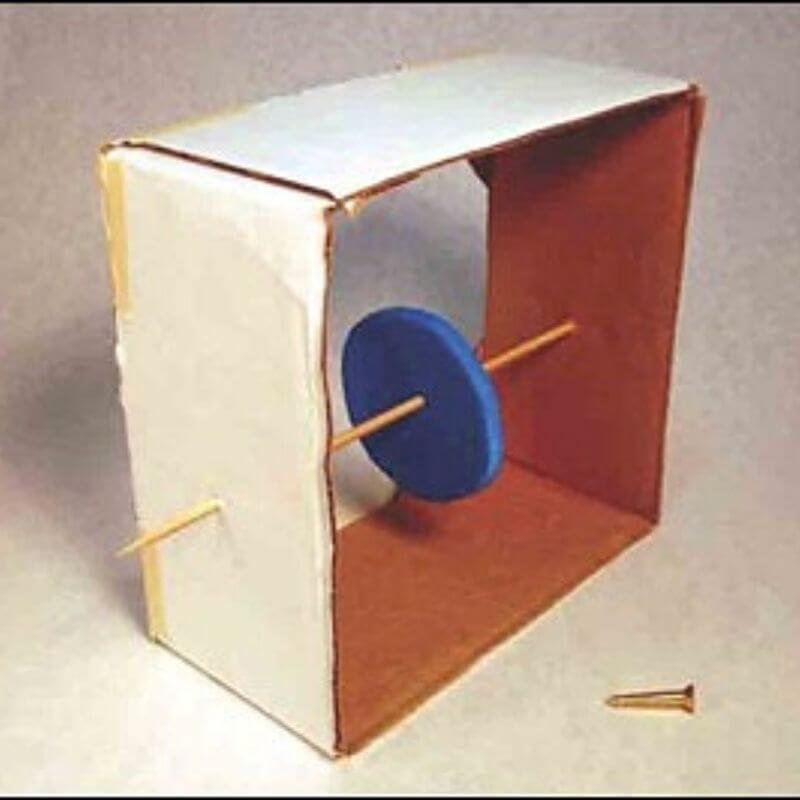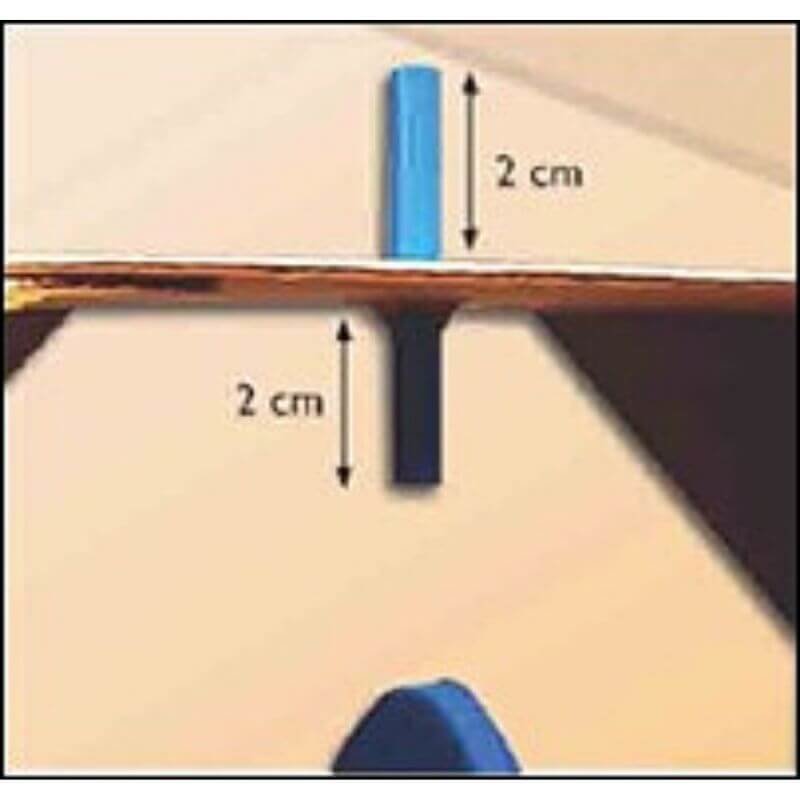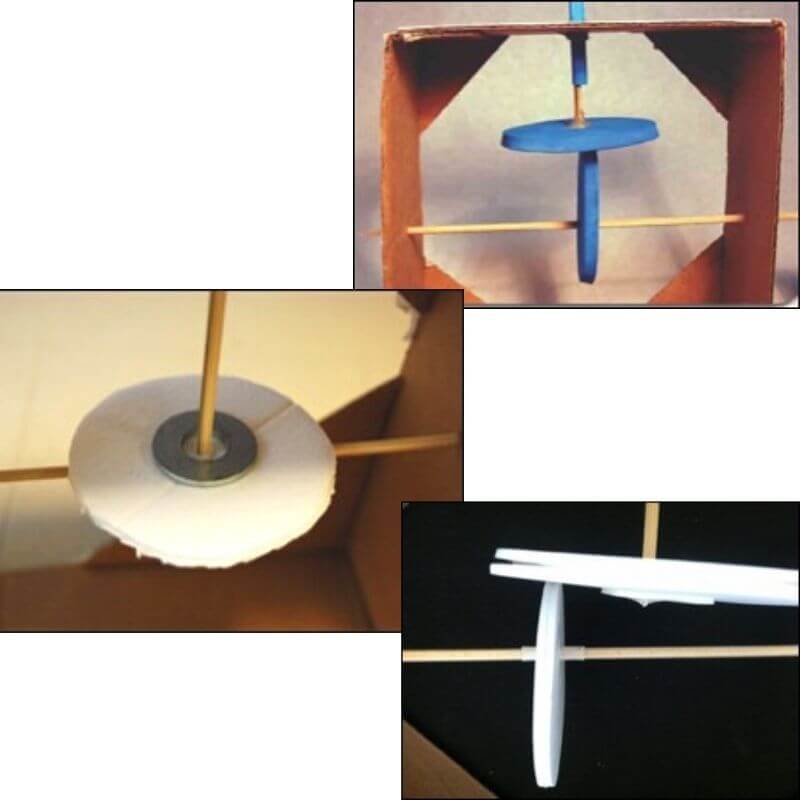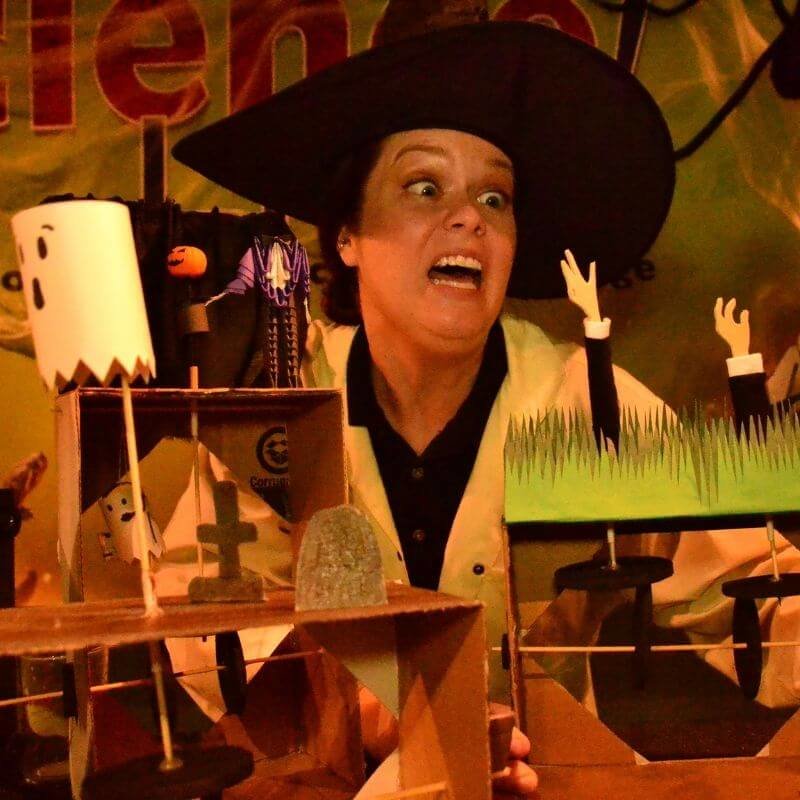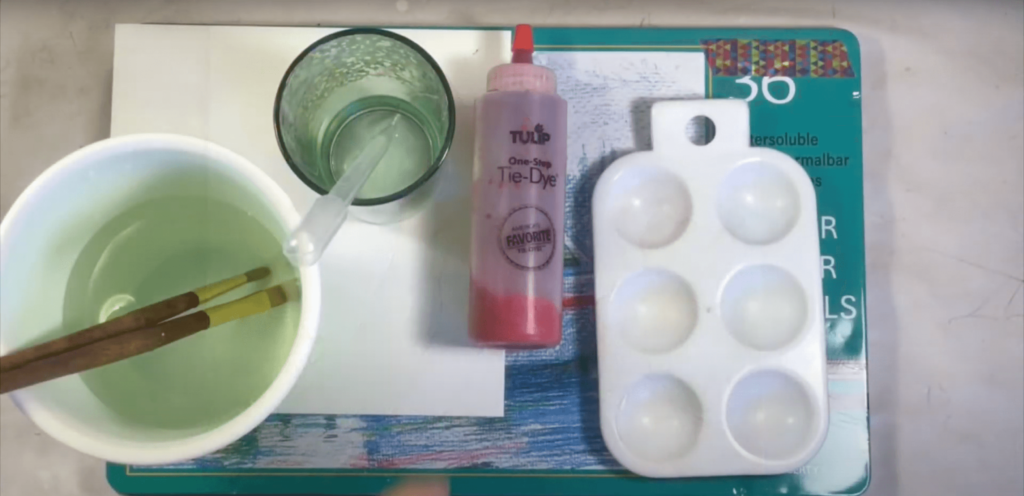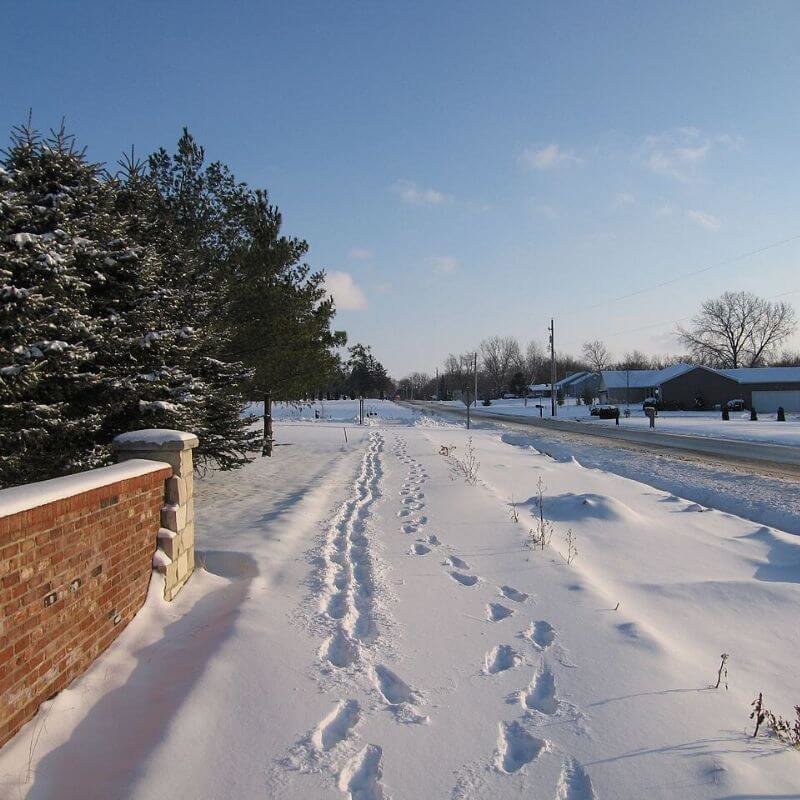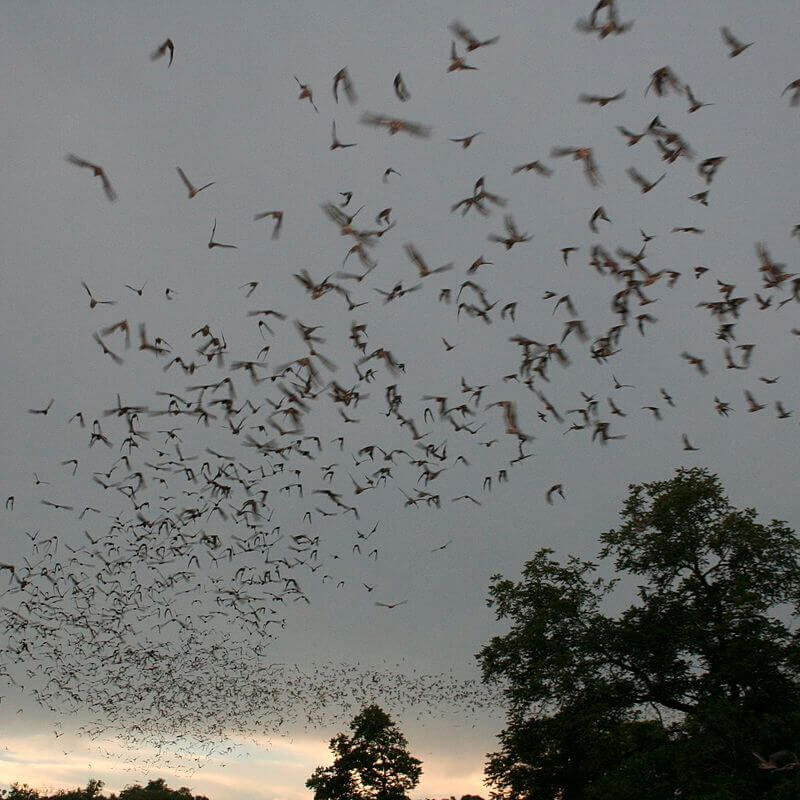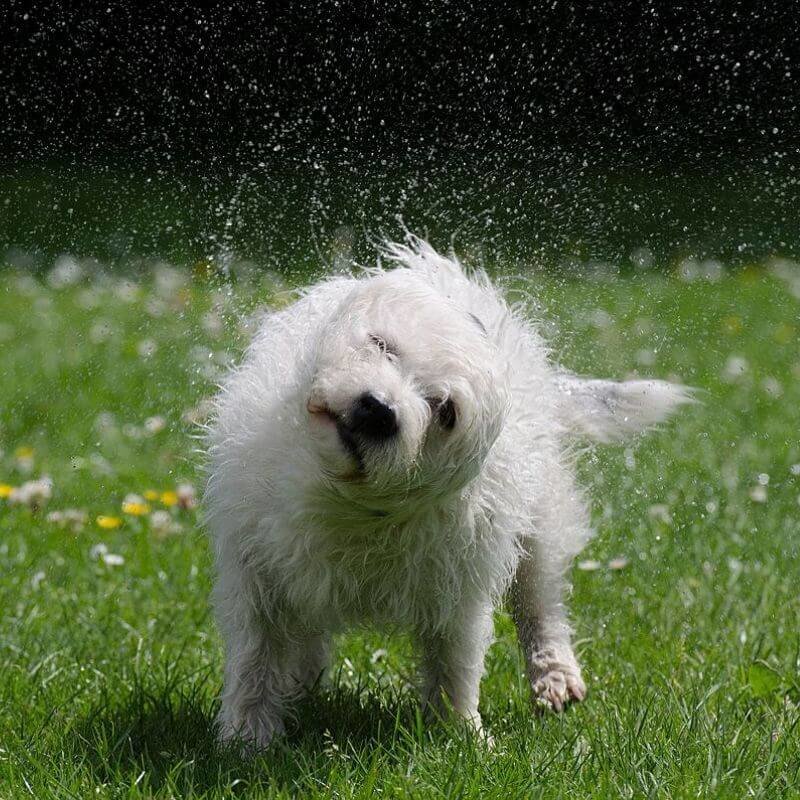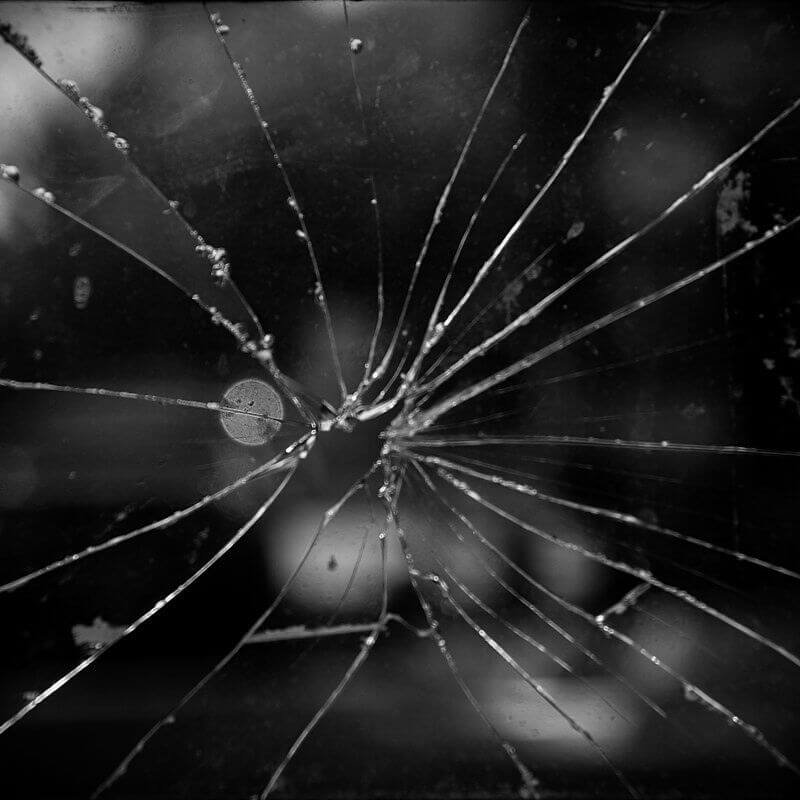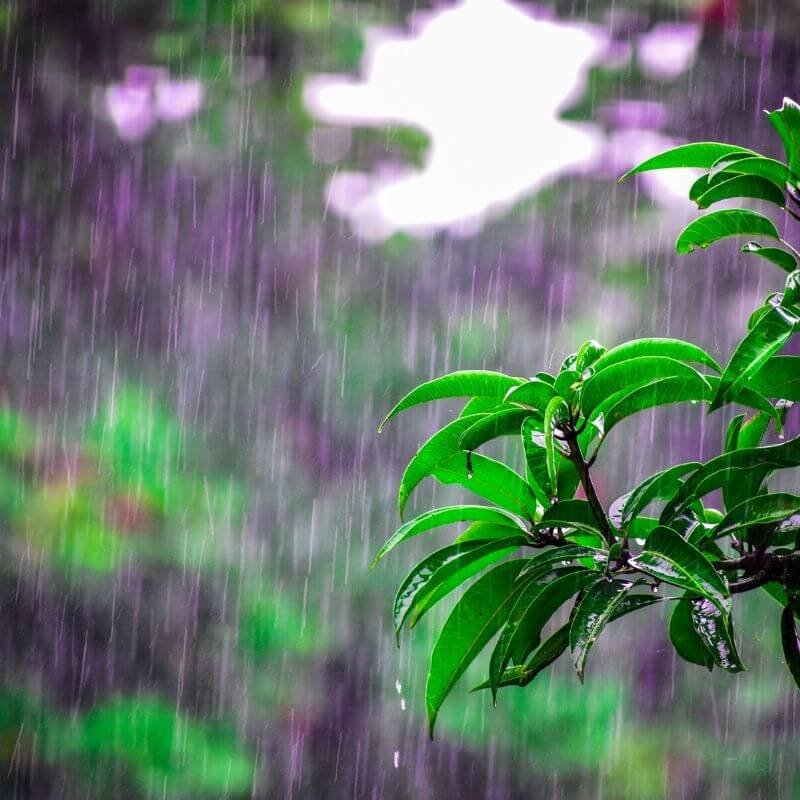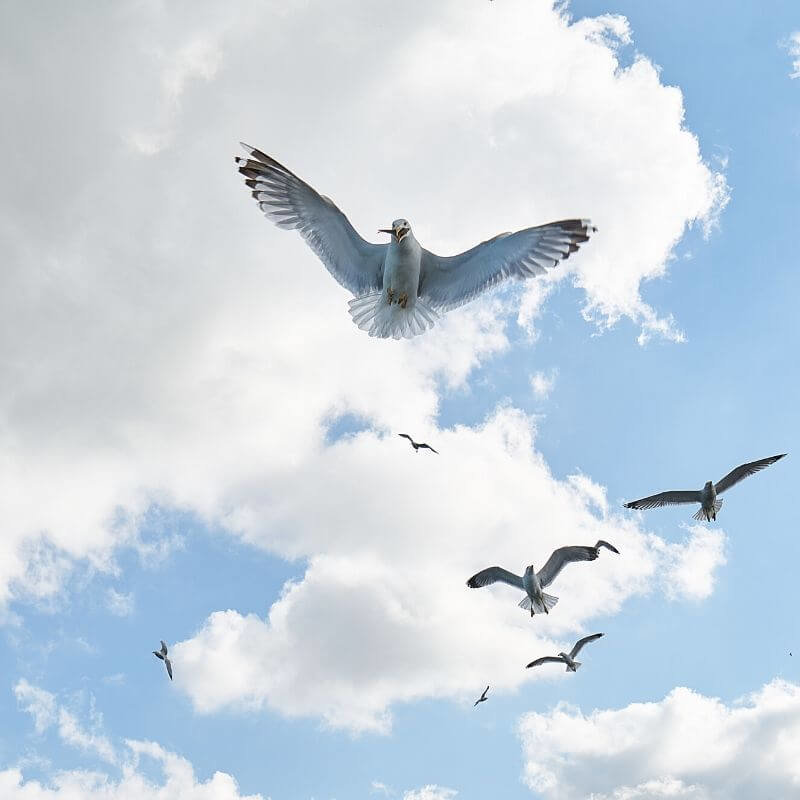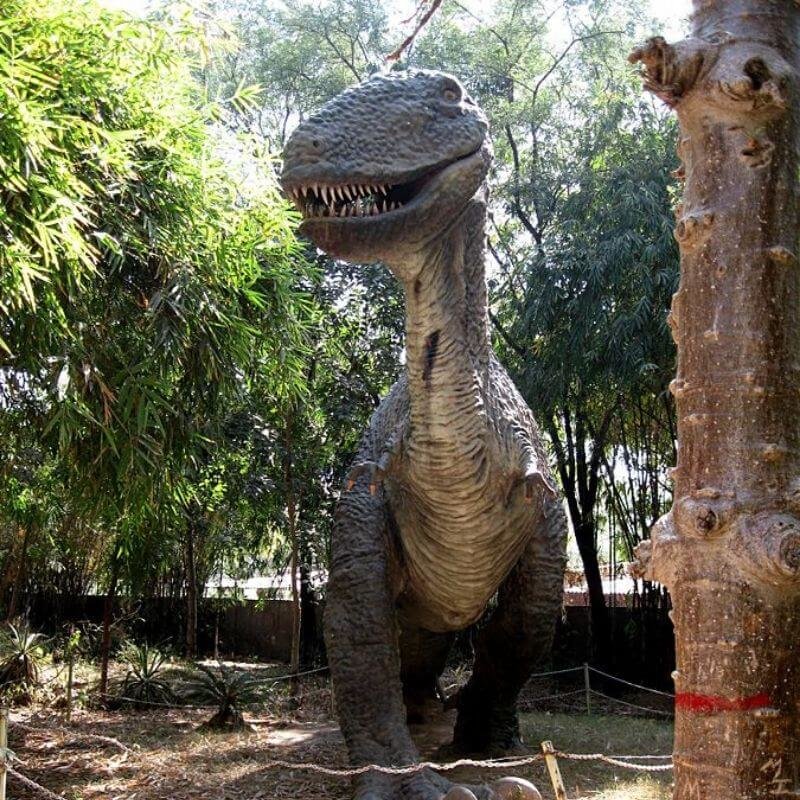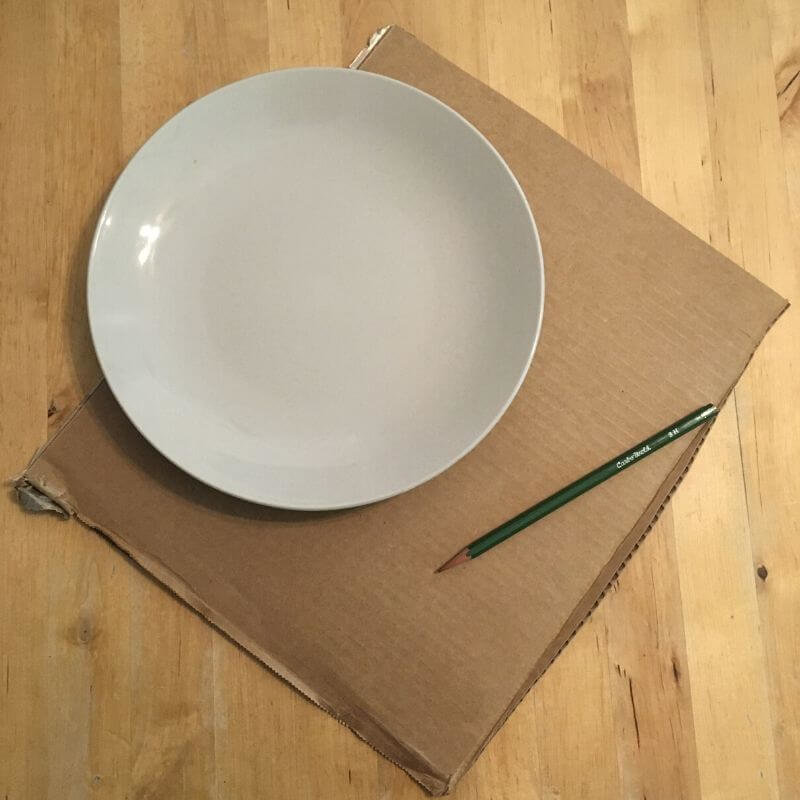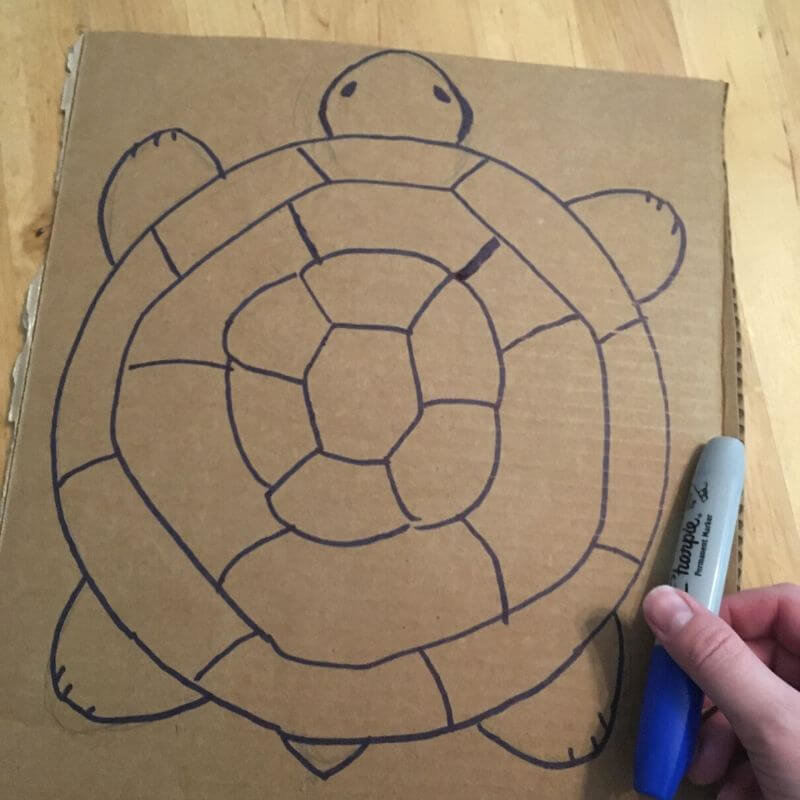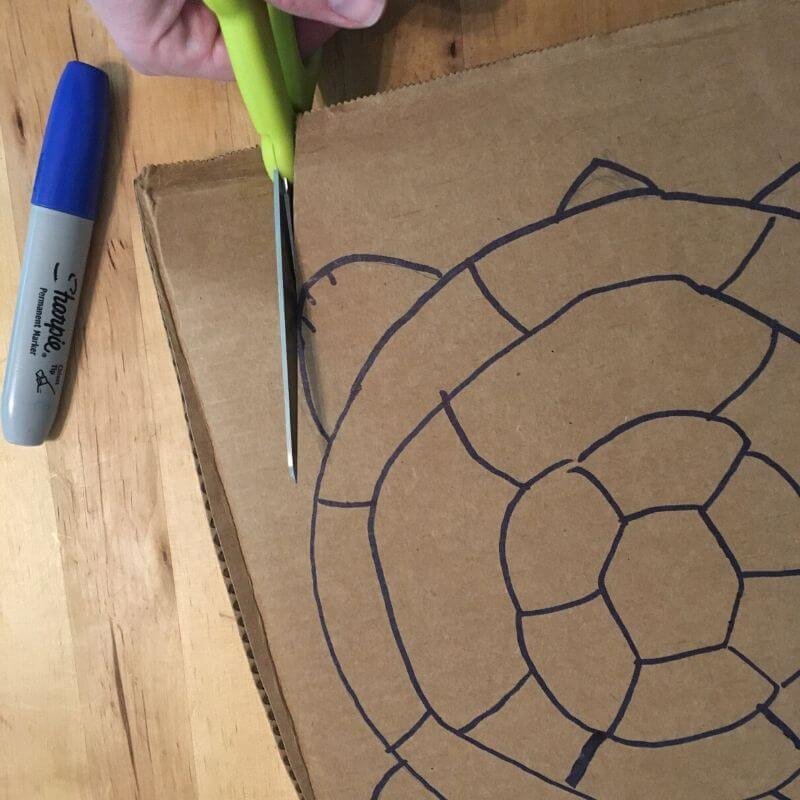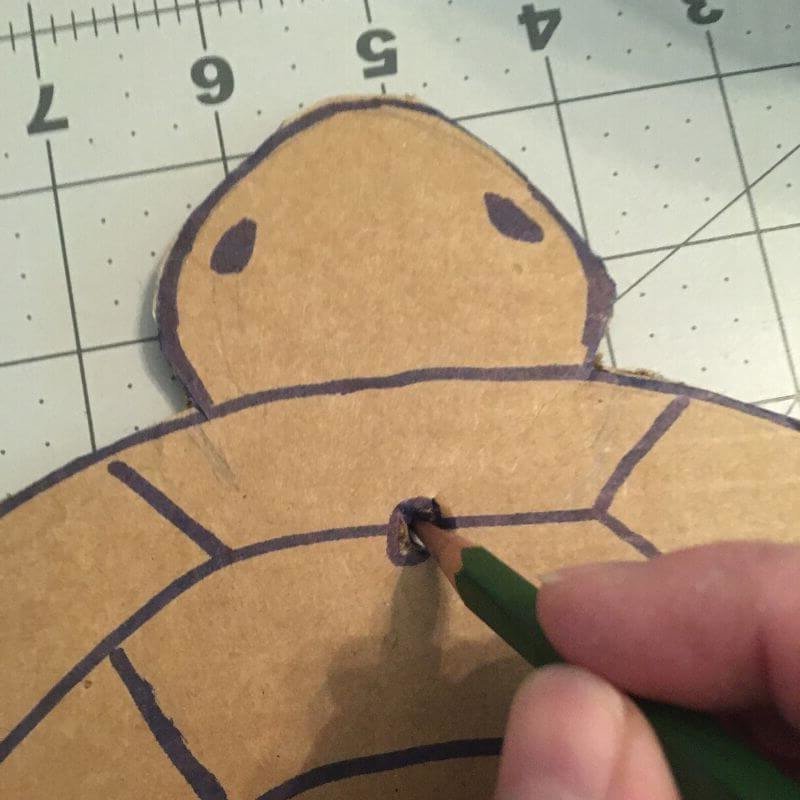Do you love The Hive: A Makerspace? Meet some of the inspirational queer makers who inspired your favorite activities!
Pride month is celebrated in June to commemorate the Stonewall Riots in 1969, which is considered to be the igniting spark that began the gay liberation movement. Pride month is a time for the LGBTQIA+ community to celebrate – to be openly proud to be queer. Queer people have made countless visible and invisible contributions to culture and society. Here at Orlando Science Center, we want to celebrate some inspirational queer makers who have inspired or influenced The Hive: A Makerspace.
This is by no means an exhaustive list of LGBTQIA+ makers, but ones we have felt inspired by here in The Hive.
Keith Haring was a gay artist who painted public murals and graffiti in the 1980s.
He got his start painting subway murals with chalk and was arrested a number of times for his illegal street art.
Keith Haring contracted HIV which later developed into AIDS and became very involved in AIDS activism. His diagnosis propelled him to make as much art as possible as quickly as possible in the time he had left, as he felt his art was the most important thing he could leave. He died in 1990 at age 31.
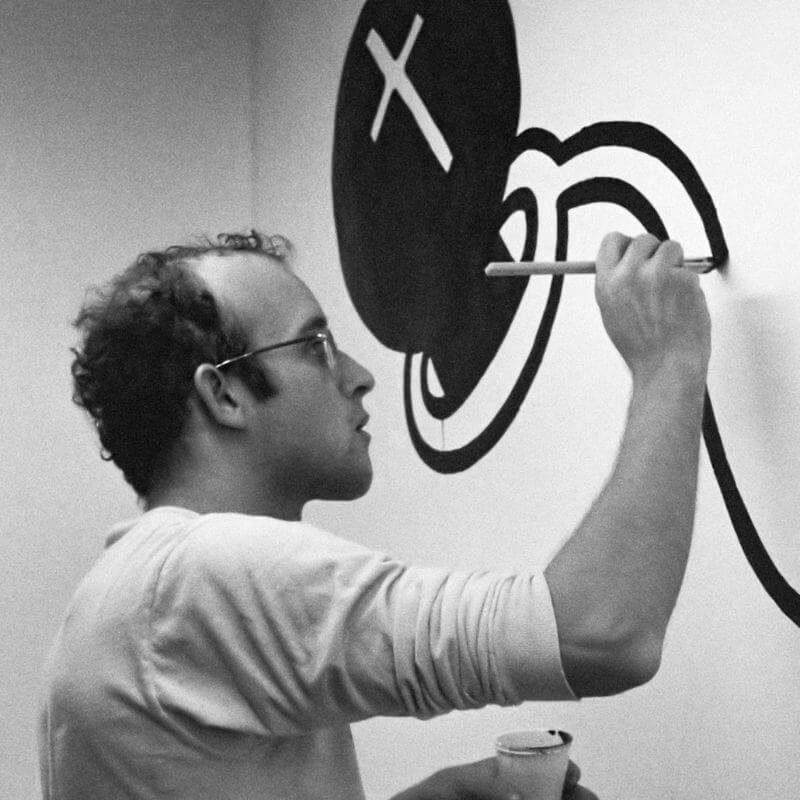
Jasika Nicole is an actress most well known for her role as Astrid Farnsworth on Fringe, however, she is an accomplished sewist and artist.
Nicole makes almost all her own clothes, many of her shoes, and works in other media like ceramics, illustration, and fiber arts. She documents many of these pursuits on her blog Try Curious.
She is a strong advocate for the rights of people of color and the LGBTQIA+ community.

Cressa Maeve Beer is a stop-motion animator and video producer who has worked in commercials, music videos, makeup tutorials and independent short films.
She recently gained visibility with her short film Coming Out, where Little Godzilla comes out as trans and is welcomed with love and acceptance.
Anna Villanyi is a museum professional, artist, crafter, musician, and animal enthusiast. Their passion for making and fascination with the natural world converge in their design of intricate animal snowflakes, which they cut by hand and translate to laser cut designs for their shop called Annamalflakes.
Their creative force helped shape The Hive's design, ethos, and early programming.
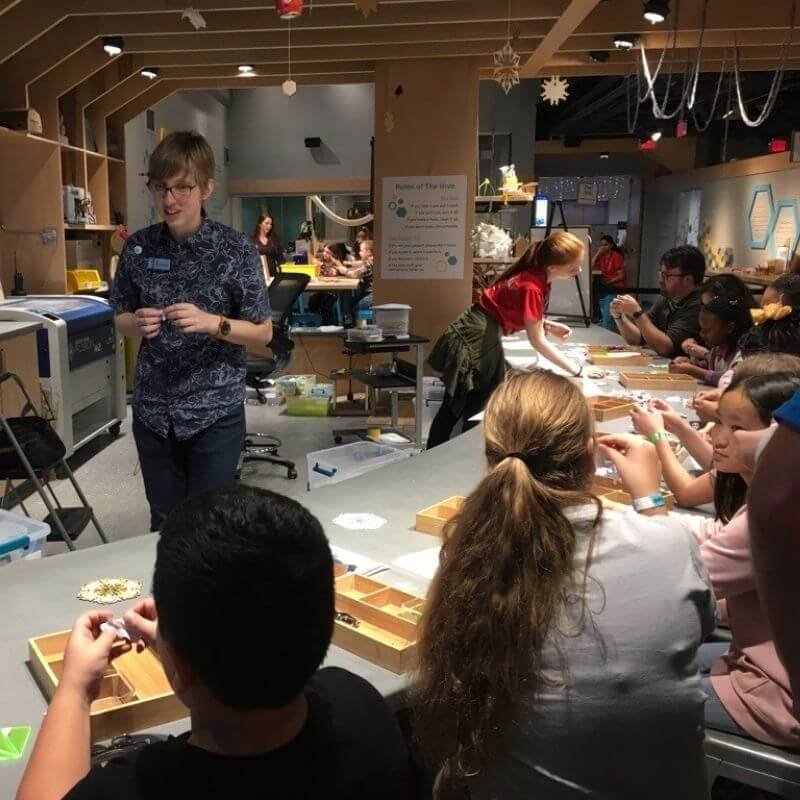
Grace Bonney is an author, blogger, and entrepreneur. Bonney wrote a New York Times book, In The Company of Women, featuring over 100 stories about women entrepreneurs overcoming adversity. She also wrote the DIY interior design book Design*Sponge at Home. Her blog, Design*Sponge, ran for 15 years and connected and taught countless makers.

Nick Cave is best known for his soundsuits, which are wearable fabric and mixed media sculptures intended to move and make sound when the wearer moves or dances.
His first soundsuit was created as a reaction to the beating of Rodney King in 1992. Cave has created over 500 soundsuits since then, including one currently on display at the Orlando Museum of Art.
He currently lives and works in Chicago.
Wendy Carlos is an American electronic music composer credited with pioneering synth-pop music. She worked with Robert Moog on his invention of the Moog synthesizer, and released an album called Switched-On Bach, composed of Bach music played on a synthesizer, popularizing synth music sound.
She went on to compose the film scores of A Clockwork Orange, The Shining, and Tron.
In 1979, she disclosed that she had been living as a woman for over ten years and was transgender.

